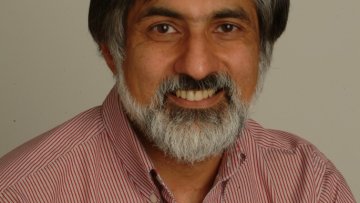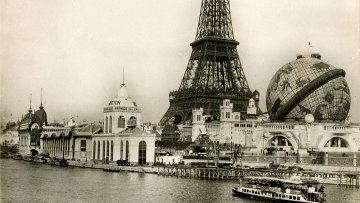Using ideas from statistics for analysing (spatio-temporal) stochastic processes
Abstract
Many systems in nature consist of stochastically interacting agents or particles. Stochastic processes have been widely used to model such systems, yet they are notoriously difficult to analyse. In this talk I will show how ideas from statistics can be used to tackle some challenging problems in the field of stochastic processes.
In the first part, I will consider the problem of inference from experimental data for stochastic reaction-diffusion processes. I will show that multi-time distributions of such processes can be approximated by spatio-temporal Cox processes, a well-studied class of models from computational statistics. The resulting approximation allows us to naturally define an approximate likelihood, which can be efficiently optimised with respect to the kinetic parameters of the model.
In the second part, we consider more general path properties of a certain class of stochastic processes. Specifically, we consider the problem of computing first-passage times for Markov jump processes, which are used to describe systems where the spatial locations of particles can be ignored. I will show that this important class of generally intractable problems can be exactly recast in terms of a Bayesian inference problem by introducing auxiliary observations. This leads us to derive an efficient approximation scheme to compute first-passage time distributions by solving a small, closed set of ordinary differential equations.



